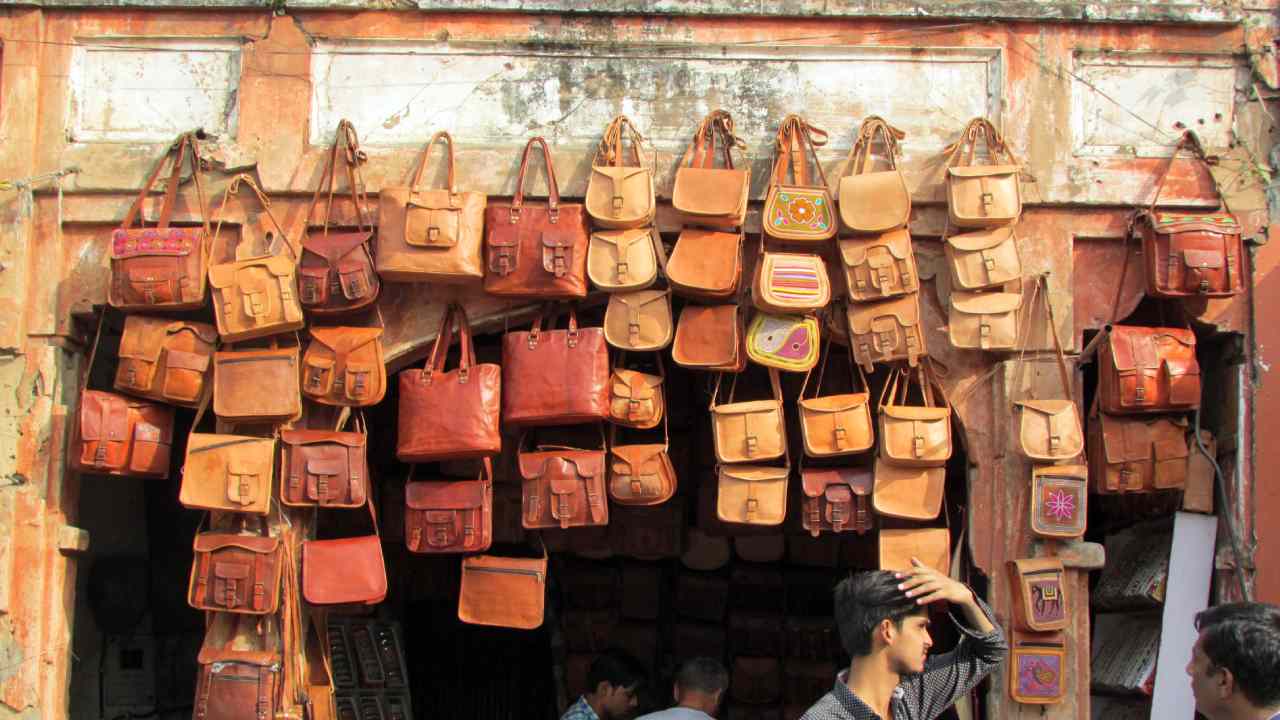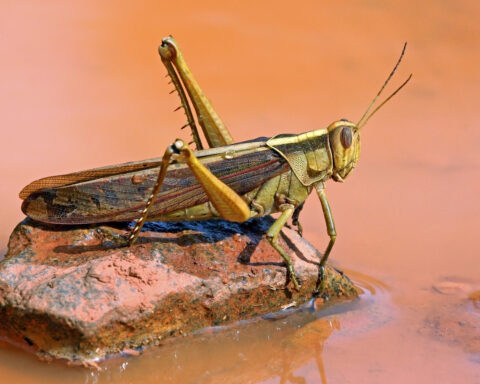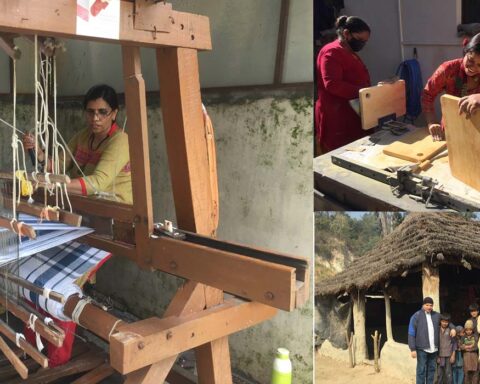Over the next 25 years, the Indian leather industry aims to be net zero to meet environmental standards, said Science and Technology Minister Jitendra Singh.
To deliberately reduce carbon emissions from the country’s leather industry, India will provide attractive financial support to start-ups to supply new leather products to the market.
The minister was speaking at the CSIR-Central Leather Research Institute platinum jubilee celebrations in Chennai on Thursday.
Referring to Prime Minister Narendra Modi’s speech on innovation and next-generation technology, Singh said sustainability in the leather sector could be a new challenge for CSIR-CLRI (Council for Scientific and Industrial Research-Central Leather Research Institute)
He said that the new approach to the leather industry and research in India in the next 25 years should be based on sustainability, net zero carbon footprint, full recycling of leather-based materials, and organic economy of fur-derived products of animals. Mandatory. And ensure equal income for employees outside of brand development.
According to a United Nations study, per square meter of leather emits around 17 kg of carbon dioxide equivalent (CO2) after the slaughterhouse section of the leather supply chain.
According to Jitendra Singh, the project will be implemented in 63 districts in the first phase.
“The carbon footprint of leather processing in India needs to approach zero levels and the bio-economy of animal skin-derived products is the new mantra of the time,” the minister said, adding that the carrying capacity requirements of the leather sector in locations like Tamil Nadu demand the implementation of zero liquid discharge as the enforced environmental norm, which is under discussion.
India wants to design and develop leather footwear solutions as a unique selling quality of foot hygiene and ease of use.
The country is in the process of making custom shoes for Indians by scanning their feet with 3D technology.
“There are as many as half a million cells in the palm of feet that enable the sweating process and leather enjoys an unmatched potential for transpiration,” Singh said.




























